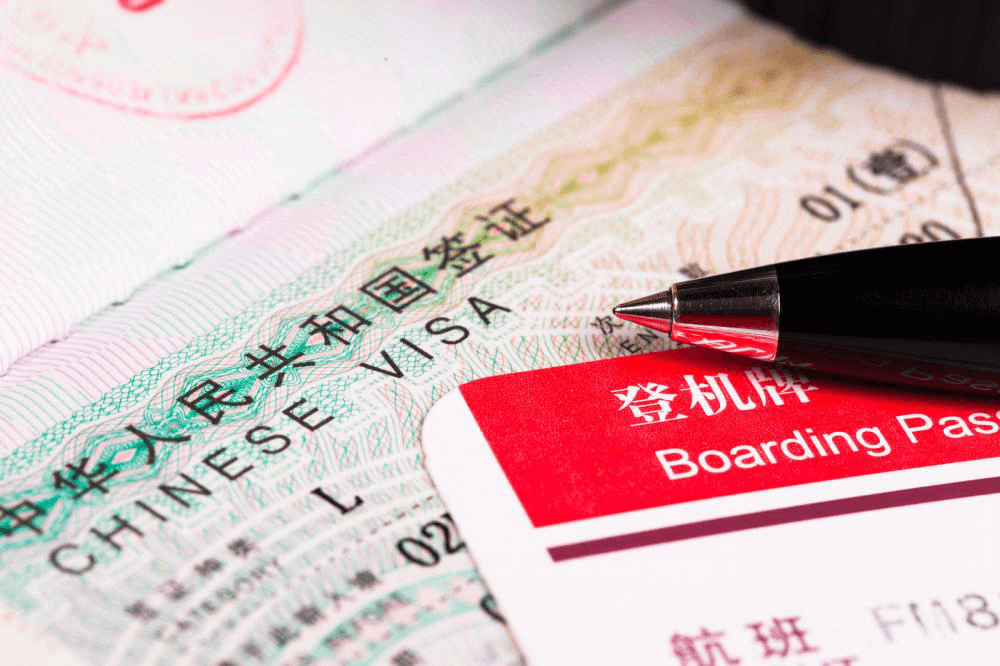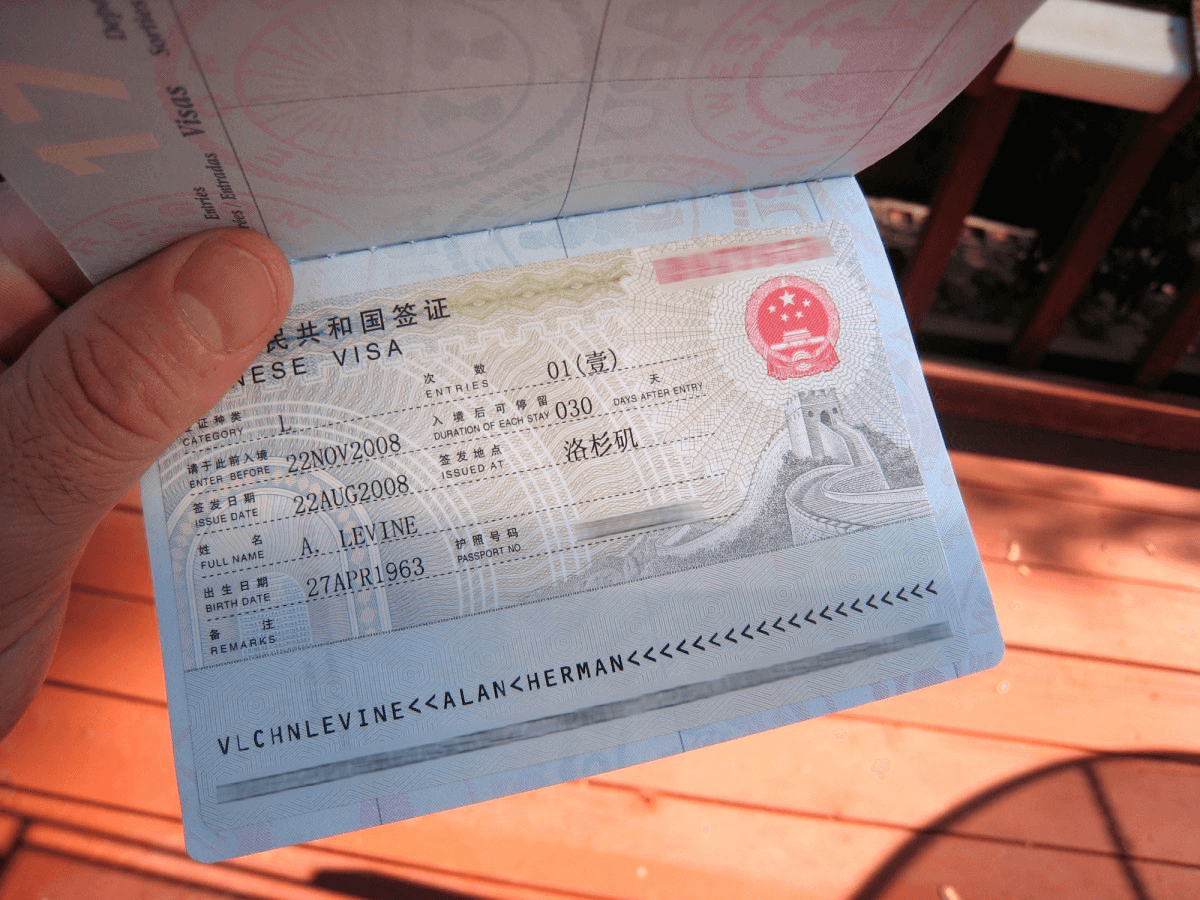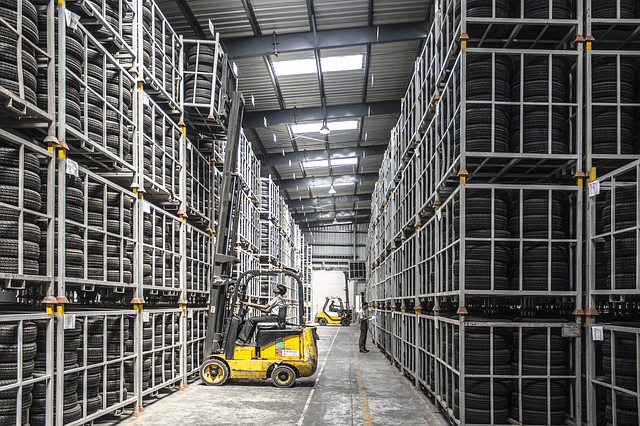1.High-tech
Strong R&D capability and a complete industrial chain have made high-tech industries Shenzhen's most important pillar.
OUTPUT VALUE
The total output value of high-tech products made in Shenzhen reached 1.4 trillion yuan in 2013, up 9.3% from the previous year. That accounted for 50.36% of the total output value of industrial enterprises.
INPUT IN R&D
In 2013, Shenzhen spent 58 billion yuan, or 4% of its GDP, on R&D, leading the Chinese mainland.
R&D POWER
In 2013, over 80,000 patent applications were filed, up 10.3% from the previous year. The PCT applications amounted to over 10,000, up 25.2% from 2012. Shenzhen had 62,000 invention patents, ranking the second in China. Every 10,000 residents in Shenzhen owned 58.1 patents. There are 3,800 recognized State-level high-tech enterprises in Shenzhen. The 4G technology
HIGH-TECH INDUSTRIAL PARK
Construction of the Shenzhen High-Tech Industrial Park, known as SHIP, started in September 1996, with a planned area of 11.5 square kilometers. It is one of the six national pilots to build world-class high-tech parks. Today, SHIP is home to numerous firms, forming mature industrial chains in telecommunications, computer services, software and medicine.
VIRTUAL UNIVERSITY PARK
Shenzhen Virtual University Park was built in 1999. The park's major functions are to train and introduce first-class professionals, integrate industrial and research resources, establish key research labs and doctoral workshops, and promote cooperation between Hong Kong and Shenzhen research centers. So far, the park has pooled the strength of 57 prestigious universities from home and abroad. It has educated more than 183,600 professionals, and fostered 791 start-up companies and 184 research centers.
HI-TECH FAIR
Cosponsored by the Ministry of Commerce, Ministry of Science and Technology, Ministry of Industry and Information Technology, National Development and Reform Commission, Ministry of Education, Ministry of Human Resources and Social Security, Ministry of Agriculture, State Intellectual Property Office, Chinese Academy of Sciences, Chinese Academy of Engineering and Shenzhen Municipal Government, the China Hi-Tech Fair (CHTF) began in 1999 and has been held each year since. The 16th CHTF will be held in November 2014.
BGI-SHENZHEN
BGI-Shenzhen, established in 2007, is engaged in scientific research of public interest. BGI Shenzhen has achieved breakthroughs in the large-scale discovery of gene resources, in the sequencing of complicated genomes of higher forms of life, and in the research of inherited diseases. BGI-Shenzhen ranked 87th among global scientific institutions, 5th among Chinese scientific institutions and 17th among Asia-Pacific scientific institutions according to NPI 2013 Asia-Pacific published in March 2014.
SHENZHEN INSTITUTE OF ADVANCED TECHNOLOGY OF CAS
The Shenzhen Institute of Advanced Technology of CAS was established in 2006 by the Chinese Academy of Sciences (CAS), the Shenzhen Municipal Government, and The Chinese University of Hong Kong. With a talent pool of 1,950 scientists, the institute focuses on fields including robotics, healthcare and medicine, new energies and new materials, cloud computing and the Internet of Things.
KUANG-CHI INSTITUTE OF ADVANCED TECHNOLOGY
The Kuang-Chi Institute of Advanced Technology is a research institute sponsored in 2010 by industries, government and venture capitalists. Kuang-Chi Institute attracts distinguished scientists from different countries and territories and features collaborative cross-disciplinary research on metamaterials. By the end of 2013, the institute had applied for 2,443 patents in metamaterial research, accounting for 86% of the total in this field.
NATIONAL SUPERCOMPUTING CENTER
The National Supercomputing Center in Shenzhen (Shenzhen Cloud Computing Center) is the city's largest scientific infrastructure facility. The Dawn 6000 supercomputer system can perform 1.27 quadrillion calculations per second, certified in 2010 as the second-fastest system in the world. The center was put into use in November 2011, processing massive data for scientific research, technological and engineering projects as well as serving as a cloud computing center for the whole society.
SHENZHEN-HK INNOVATION CIRCLE
The establishment of the Shenzhen-Hong Kong Innovation Circle fosters technological collaboration between Shenzhen and Hong Kong to create a global innovation center across the region. Since Shenzhen and Hong Kong SAR governments signed an agreement promoting the Innovation Circle in 2007, a five-year plan had sponsored 57 joint research projects.
HIGH-TECH TALENT POOL
By the end of 2013, Shenzhen was home to 1.22 million professional technicians. Of those technicians, 50,000 had studied abroad. The Peacock Plan, aiming to attract top talent from overseas, helped 270 professionals settle in the city in 2013 and helped 454 talents in total.
2.Modern Logistics
The overall competitiveness of logistics in Shenzhen leads other cities in China, with an operating efficiency close to the standards of second-tier developed countries.
BASICS OF LOGISTICS
The logistics industry in 2013 yielded 144.56 billion yuan of added value, growing 11.42% from 2012, and accounting for 9.97% of the city's GDP.
LOGISTICS COMPANIES
More than 15,000 logistics companies have settled in Shenzhen. The traditional logistics service has transformed to third-party logistics and supply chain management service. SF Express, a Shenzhen-based and the largest private logistics company, has over 30 air freighters with an annual sales volume of 23 billion yuan. It has opened branch offices in Taiwan, Singapore, Malaysia, South Korea, Japan and the United Stated. Another representative company, China Merchant Logistics, has built a network that covers most cities in China. Its total asset ranks first among third-party logistics enterprises.
SIX LOGISTICS PARKS
Shenzhen is home to six major logistics parks: Yantian, Qianhaiwan, Longhua, Pinghu, Sungang- Qingshuihe and airport logistics parks. By the end of 2013, five logistic park projects have been built, including Shenzhen Airport Bonded Logistics Center, South China International Logistic Center 1-9 Warehouse, South China International Industrial Raw Material City Phase 1, Yuehai Global South China Logistics Supply Chain and Longgang Highway Freight Transportation Hub.
CHINA (SHENZHEN) INTERNATIONAL LOGISTICS & TRANSPORTATION FAIR
The 2013 China (Shenzhen) International Logistics & Transportation Fair, jointly organized by the Ministry of Transport and the Shenzhen Municipal Government, was held from Oct. 14- 16 at Shenzhen Convention and Exhibition Center. Themed "Smart Logistics, Booming Industry, Smooth Transportation and Excellent Life," the exhibition provided 12 display areas and 1,500 booths, with an exhibition area of 54,000 square meters. Twelve high-end forums were also held.
3.Financial Services
Shenzhen is a financial hub of China, with the financial industry comprising a hefty portion of the city's GDP. Shenzhen has 315 financial institutions. Shenzhen ranked 18th among the world financial centers, according to the Global Financial Centers Index 15 that was released in March in London. Shenzhen was the 15th most competitive financial center worldwide based on the Xinhua-Dow Jones International Financial Centers Development Index (IFCD) in 2013.
FINANCIAL INDUSTRY
In 2013, the add value of Shenzhen's financial industry reached 200.82 billion yuan, up 15% from the previous year, ranking third in China. The add value of the financial industry accounted for 13.8% of the city's GDP. The city's total assets of the industry amounted to 5.9 trillion yuan, ranking third in China. Shenzhen has 183 listed companies, ranking sixth in the country. The total market value of the listed companies reached 2 trillion yuan. Shenzhen has 315 financial institutions with the numbers of its banks, security institutions, insurance companies and foreign financial companies and employees ranking among the tops in China.
BANKING
By the end of 2013, total savings deposits in Shenzhen banks reached 3.39 trillion yuan, up 14.43% from the previous year and ranking third in the country. Loans reached 2.47 trillion yuan, up 13.17% from 2012 and ranking third in China. Shenzhen is the first Chinese city to provide cross-border RMB loan service. In 2013, the recorded loans reached 15 billion yuan.
SECURITIES INDUSTRY
As one of the centers of China's securities markets, Shenzhen is home to the Shenzhen Stock Exchange (SSE) - one of the two stock exchanges on the Chinese mainland. By the end of 2013, 1,536 firms were listed at the SSE. The total stock transaction of SSE reached 24 trillion yuan, comprising a half of the total volume in China. The Small and Medium Enterprises Board was launched in 2004 and the NASDAQ-style growth board ChiNext was launched in 2009. There are 17 securities companies in Shenzhen, which ranks third in China. The total assets, net assets and net capital of the city's securities companies continued to top the country. Shenzhen has 20 fund companies, which managed one-third of the net assets of China's total stock funds. The number of fund companies, the funds they managed, the total scale of the fund, and the net value of fund assets ranked second in China.
INSURANCE
Shenzhen insurance firms saw robust growth in 2013. The total premium income reached 46.876 billion yuan, growing 16.82% from 2012 and ranking fourth in the country. The number of insurance companies amounted to 17, ranking third in China. The total assets of insurance company amounted to 1.9 trillion yuan, comprising 1/5 of that in China and ranking second in the country.
EQUITY INVESTMENT
Shenzhen's equity investment industry leads China. In 2013, the number of equity fund companies in Shenzhen amounted to 8,862. One-third of the country's venture capital enterprises have their headquarters in Shenzhen. The Qianhai Equity Transaction Center started to operate in May 2013 with over 2,800 enterprises listed, making it a regional equity transaction center with the most listed enterprises in China. Shenzhen has become the pilot city to have Qualified Foreign Limited Partner and the registered capital is over 4 billion yuan.
FINANCIAL ENVIRONMENT
Shenzhen is one of the financial centers in China. The status of the financial industry as a pillar of its economy has been enhanced with cluster development. The financial clusters include Futian, Luohu and Qianhai Shenzhen-Hong Kong Modern Service Industry Cooperation Zone.Representative enterprises include China Merchants Bank and Ping An Insurance Company of China. The city's Internet payment, loans, equity crowdfunding and other Internet finances top other cities on the Chinese mainland.
4.Cultural Industry
The cultural industry has grown quickly in Shenzhen, becoming the fourth pillar of the city, after the high-tech, finance, and logistics industries.
Since 2003, when Shenzhen took the lead in China for establishing strategies for developing a "culture-based city," the local cultural and creative industr ies have achieved robust growth, with an annual growth rate of more than 20%. The cultural and creative industries yielded an added value of more than 135.7 billion yuan in 2013, among the highest in the country. From 2004 to 2013, the added value produced by the cultural and creative industries accounted for 4.6% to 9.3% of the city's GDP. The sector has become an important engine for rapid and healthy economic development.
INDUSTRIAL BASES
With 34 cultural and creative industrial parks and 20 cultural and creative industrial bases,Shenzhen has formed a clustered cultural and creative industry. There are 12 State-level model bases for the cultural industry, covering areas including creative design, cultural software, animation and games, new media, cultural information services, intangible cultural heritage, high-end arts and crafts, digital publishing, cultural tourism, high-end printing, and industrial education and training.
SECTORS WITH A COMPETITIVE EDGE
Shenzhen is where China's modern graphic design industry was born. Local industrial design and indoor design take a large percentage of the national market. Animation and gaming industries, cultural software services, Internet information services, digital TV and digital audio industries have gained momentum in growth. Shenzhen is home to China's largest high-end printing industry, taking 60% of the national market.
CITY OF DESIGN
Shenzhen was accepted as a member of the Creative Cities Network by UNESCO on Nov. 19, 2008, and named a UNESCO City of Design, becoming the first Chinese city to win the honor. It was the sixth city in the world to earn the title.
ICIF
Cosponsored by the Guangdong Provincial Government, Shenzhen Municipal Government and State institutions, the annual China (Shenzhen) International Cultural Industries Fair (ICIF) is certified by the UFI. The only State-level cultural expo in China, it is held in Shenzhen each May.
CULTURE ASSETS AND EQUITY EXCHANGE
Shenzhen is one of the earliest cities to have established (in 2009) a Culture Assets and Equity Exchange. The Chinese Cultural Industry Investment Fund has Shenzhen as its second-largest shareholder. Shenzhen has become one of the most important centers for the exchange of culture assets and equity, as well as investment and financing services in China.
INTERNATIONAL CULTURAL TRADE BASE
In December 2013, Shenzhen Creative Information Hub built the national International Cultural Trade Base and made it the third base that was granted by the Ministry of Culture after Beijing and Shanghai and the first of its kind in South China. The base will utilize the State preferential policies, international trade channels and international communication platforms to create a cultural trade service chain a high integrated with cultural and creative industries. It aims to build an innovative international cultural trade pilot area with unique leading power and resource accumulation capacity, and promote excellent Chinese cultural products and cultural services.
DAFEN OIL PAINTING VILLAGE
Located in Buji Subdistrict, Longgang District, the 4-square-kilometer village is the world's largest mass producer of oil paintings, essentially an art factory. Originally conceived by Hong Kong businessman Huang Jiang, who began production with a dozen artists in 1989, the village has grown in leaps and bounds over the past 20 years. About 15,000 artists and craftsmen work in more than 40 factories and 800 studios and workshops.
GUANLAN PRINTMAKING BASE
Located in Bao'an District, the base perfectly combines modern printmaking with traditional Hakka buildings. It has become a State-level model base with a sound environment and good economic returns.






